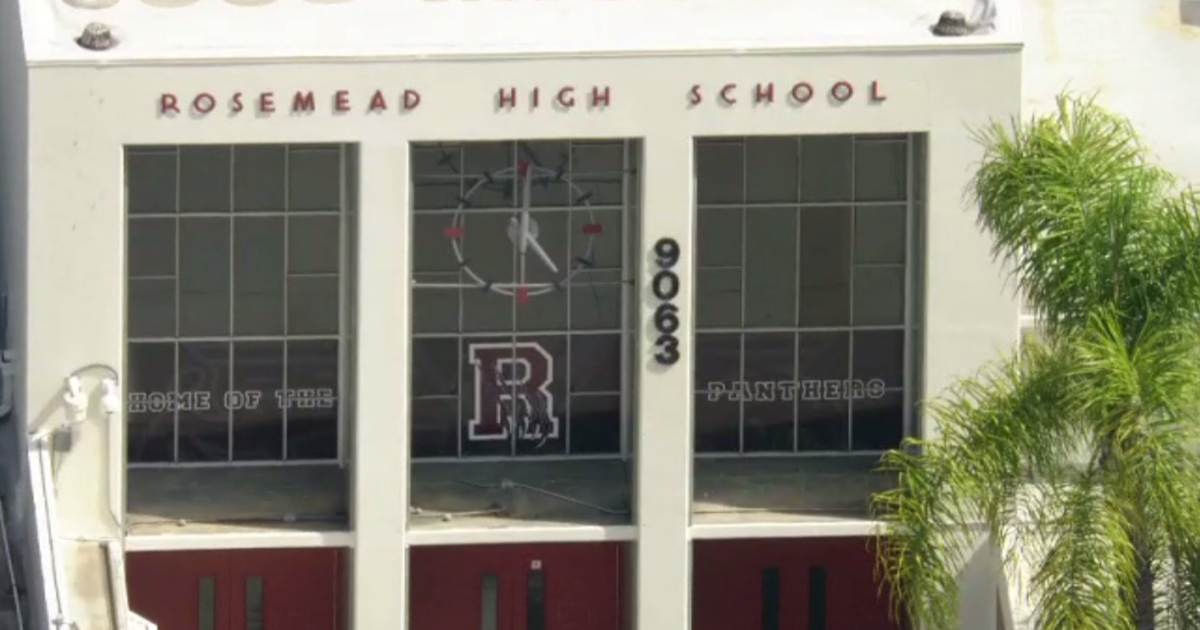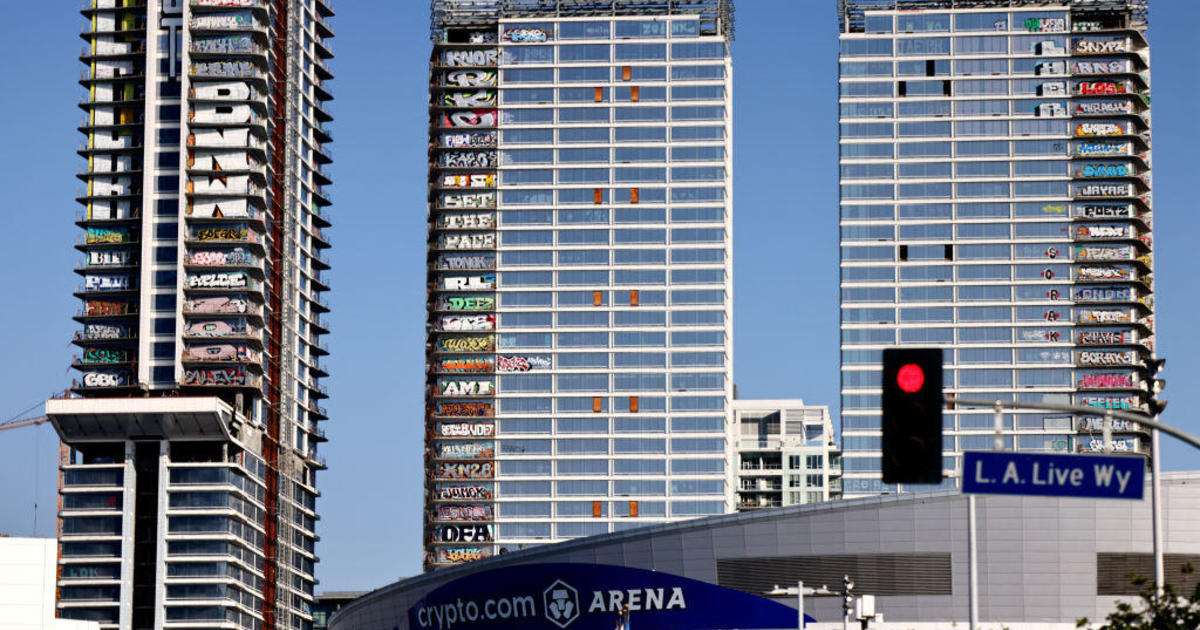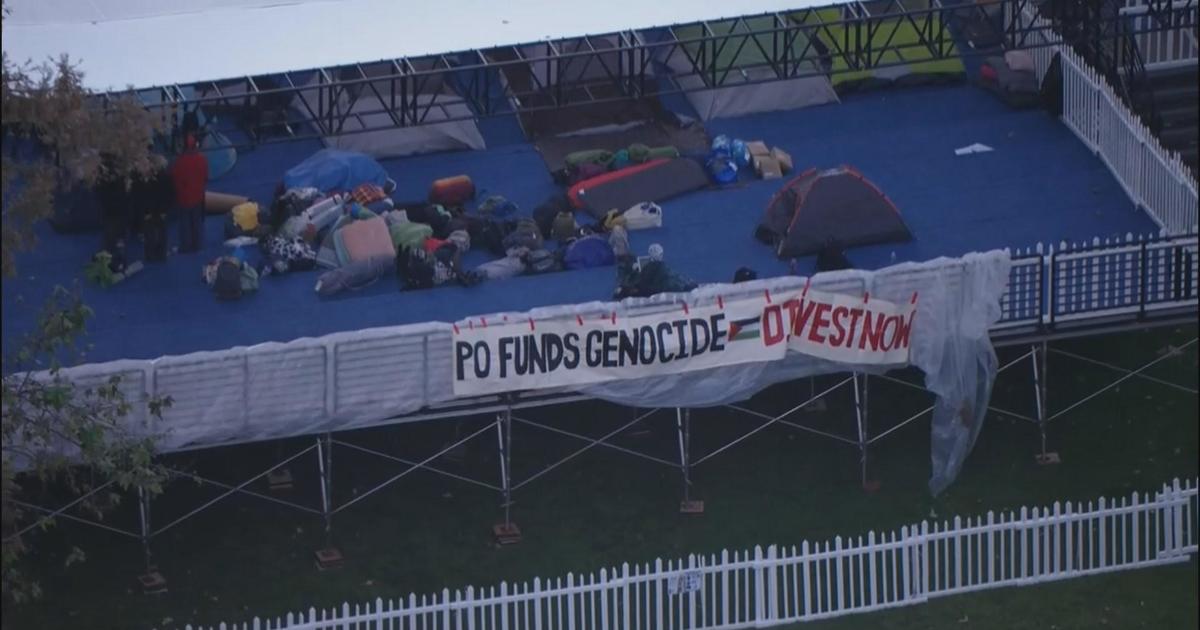Large Solar Plant Opens In Riverside County
RIVERSIDE (AP) — One of the nation's largest solar projects was dedicated Monday in the Riverside County desert, as California rushes to expand its use of green power to meet the state's renewable energy requirements.
The dedication of the Desert Sunlight Solar Farm comes about a month after Gov. Jerry Brown called on the state to increase renewable electricity use to 50 percent by 2030, up from the current goal of 33 percent by 2020.
"Solar projects like Desert Sunlight are helping create American jobs, develop domestic renewable energy and cut carbon pollution," Interior Secretary Sally Jewell said in a statement. "I applaud the project proponents for their vision and entrepreneurial spirit to build this solar project, and commend Gov. Brown for implementing policies that take action on climate change and help move our nation toward a renewable energy future."
The plant, which uses photovoltaic panels, is expected to produce enough power for about 160,000 homes. Constructed on about 4,000 acres of federal land, it is owned by NextEra Energy Resources, GE Energy Financial Services and Sumitomo Corporation of America. First Solar is building and operating the plant, the California Energy Commission said.
Nationwide, the U.S. Bureau of Land Management has approved 52 large renewable energy projects since 2009, including 29 solar plants.
Desert Sunlight benefited from about $1.5 billion in federal loan guarantees. The Energy Department said in a report Monday that the agency provided $4.6 billion in loan guarantees to support five large photovoltaic solar projects in the Southwest, at a time when developers were struggling to obtain financing.
The steady expansion of solar power in desert areas is testing the balance between wilderness conservation and the pursuit of green energy.
The Ivanpah Solar Electric Generating System in the Mojave Desert, which opened last year, has faced criticism from environmentalists after scores of dead birds were found on the site, some with melted feathers. That plant uses a technology known as solar-thermal, in which computer-controlled mirrors reflect sunlight to boilers atop 459-foot towers. The suspected causes of bird deaths include collisions with mirrors and scorching.
According to the agency, the Bureau of Land Management worked with Desert Sunlight and other groups to reduce the project's size from a proposed 19,000 acres. The agency said it required Desert Sunlight to provide funds for more than 7,500 acres of habitat for desert tortoises and other sensitive species to help offset the effect on the environment.
(Copyright 2015 The Associated Press. All rights reserved. This material may not be published, broadcast, rewritten or redistributed.)



